Inspiration
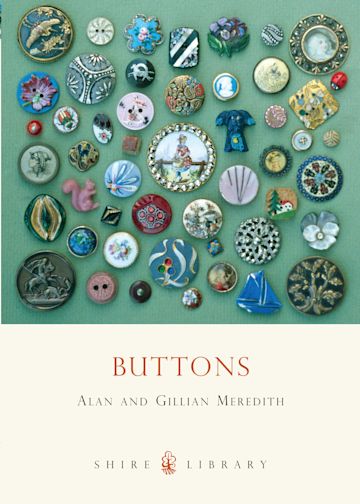
I recently bought this little book on button collecting, and I was inspired by it to have a go at designing my own. The section on the history of buttons in Britan was fascinating and it was really cool to see the patterns I'd noticed around me laid out like that.
First Print
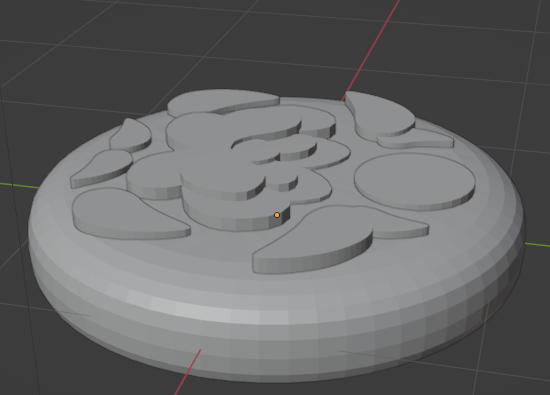
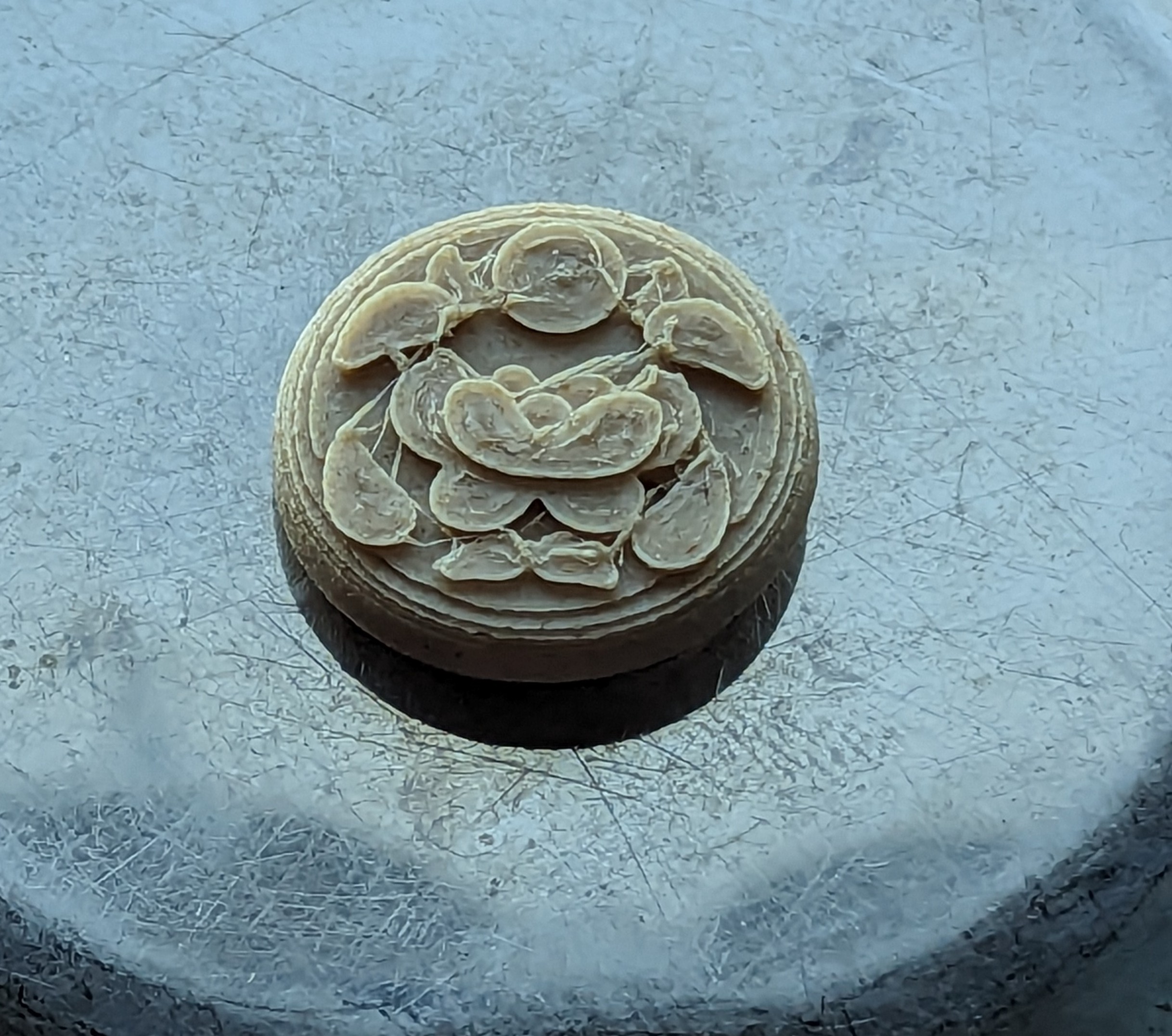
This is my first design in the modelling software, and the way it came out in my first, naive print. As you can see, stringing has broken up the pattern’s clarity quite a bit, and would take careful clipping to clean up.
The shank at the back also broke off, which is a bigger problem.
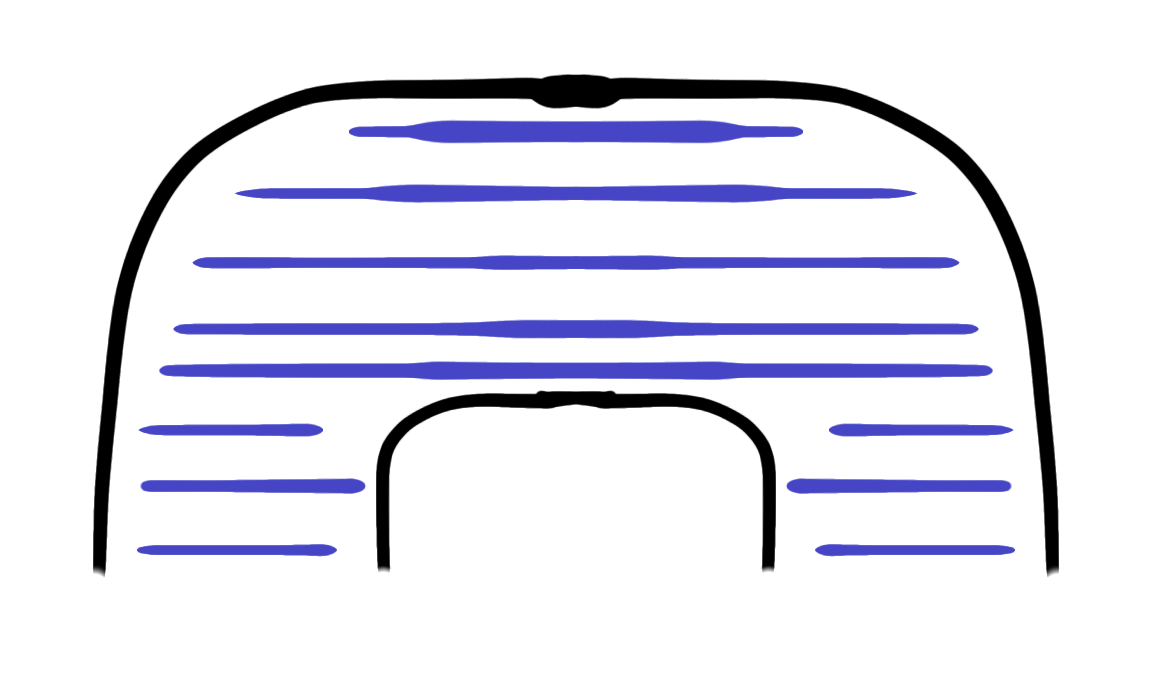
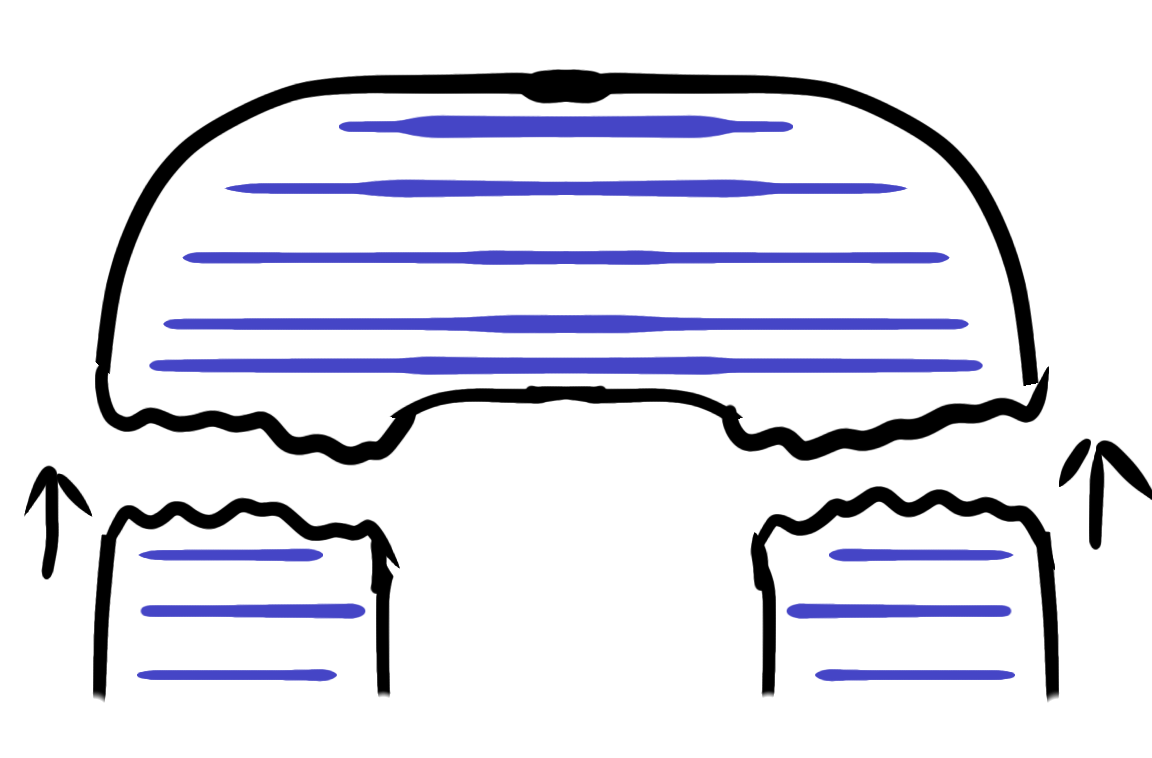
3d printing with wood has a major structural weakness, which is that the individual layers don't hold together very strongly. As you can see in this diagram, if you print with the disk of the button horizontal, the part of the shank that's under the most strain is between layer lines and breaks very easily.
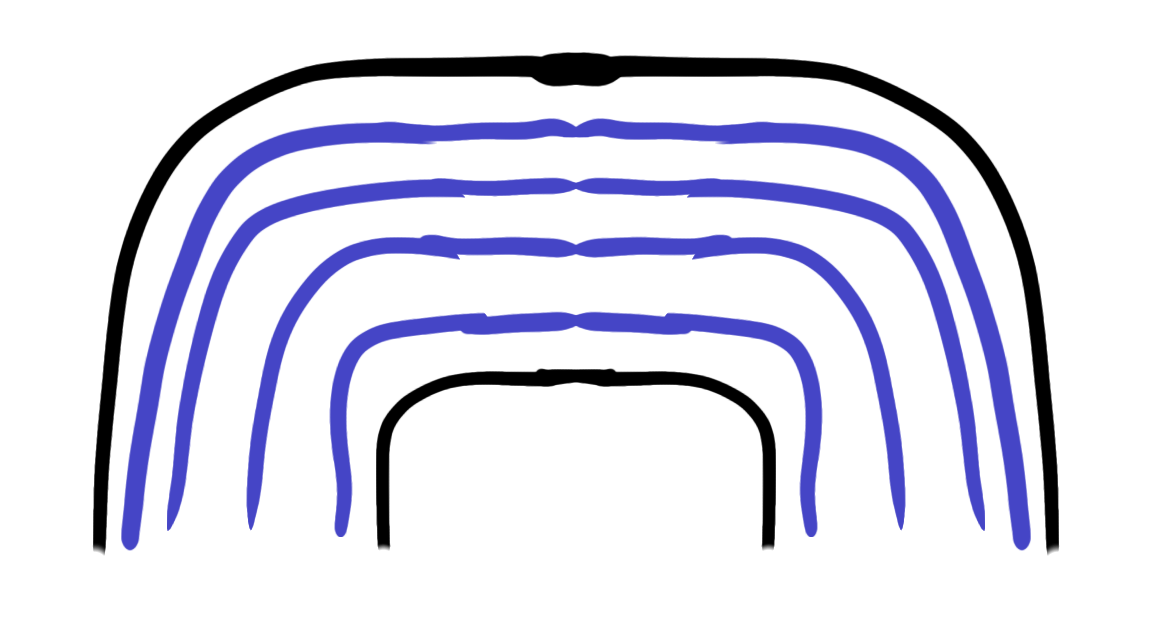
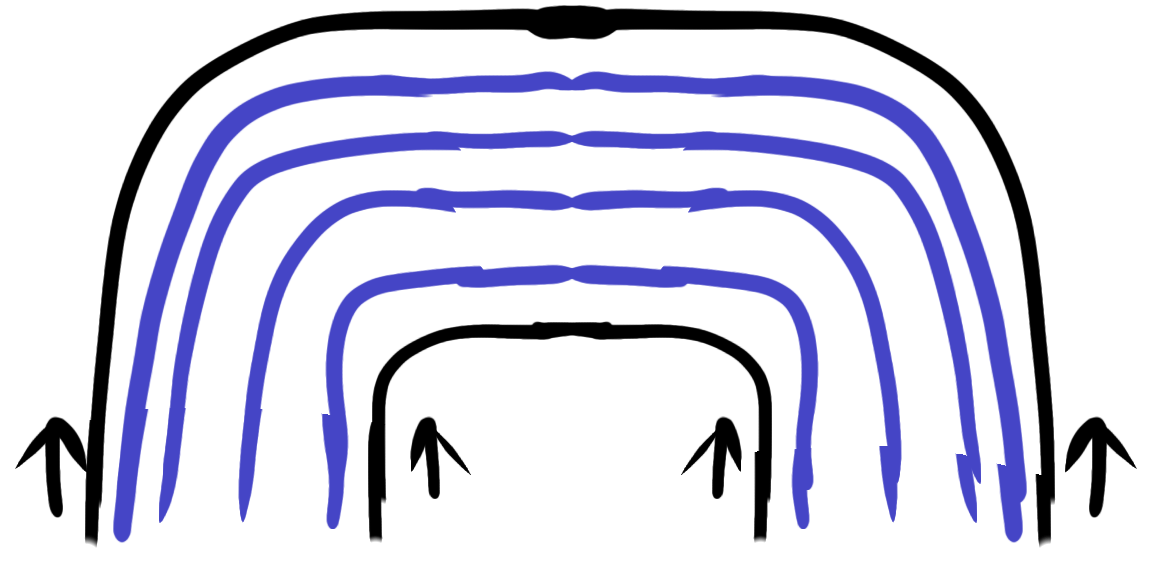
On the other hand, if you print vertically, whie you do need more support, the shank is printed with the arms running parallel to the layer lines, which plays into the strength of the wood fibre along the line of the filament. It might even reduce the stringing, or at least make it easier to handle.
Success!
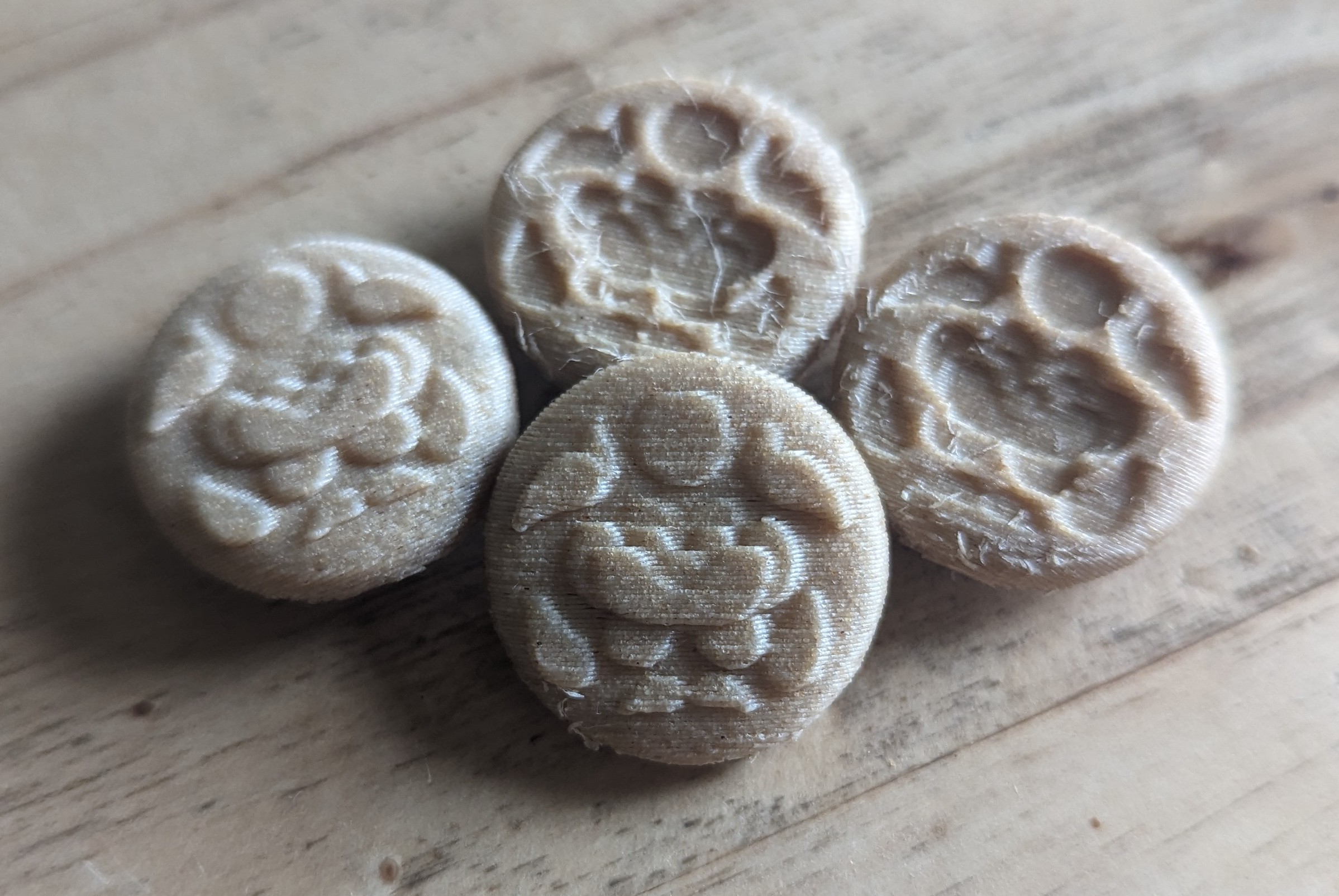
Shockingly- it did! I also tried inverting the pattern, but that seemed to have the opposite effect. Time to make some more designs, I guess.
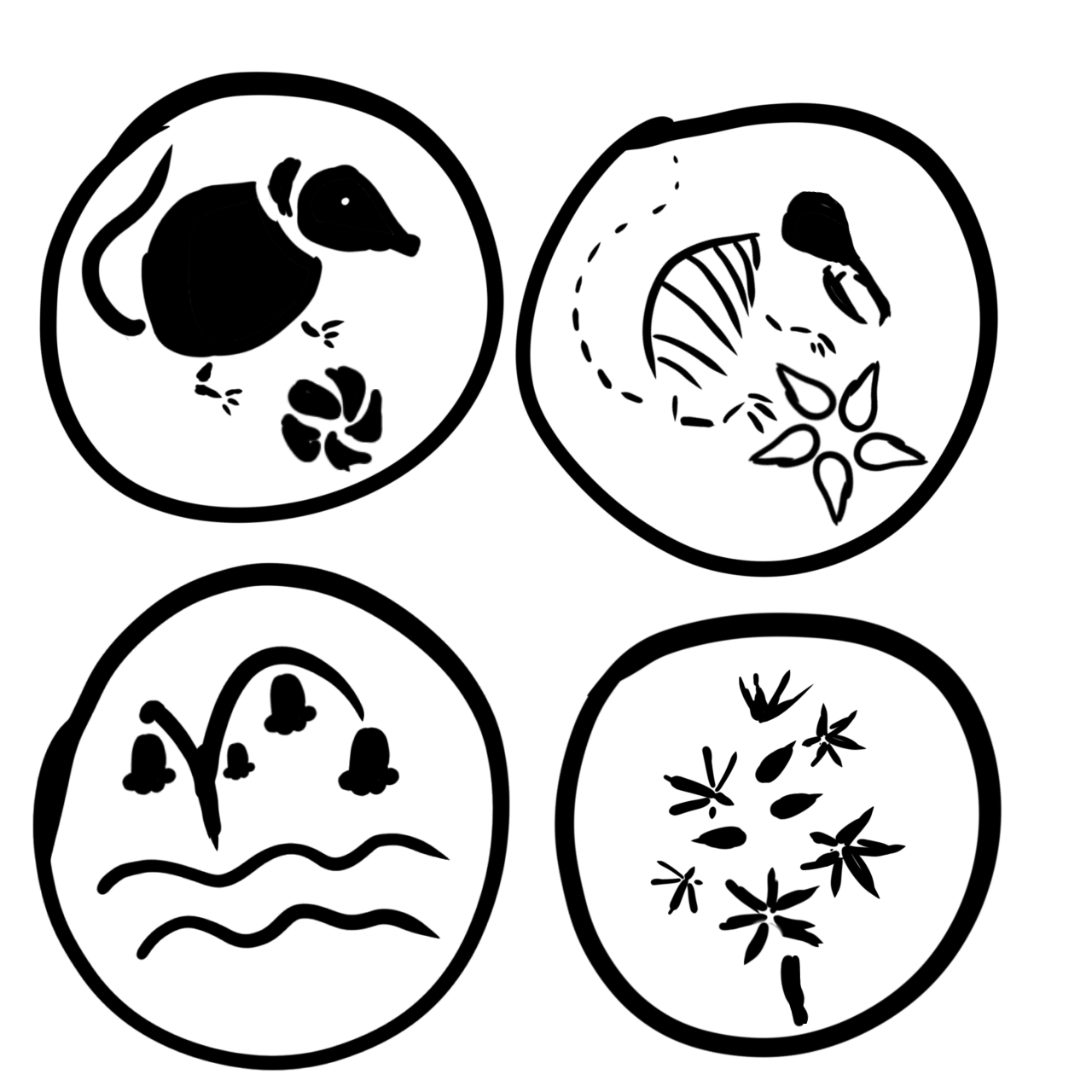
These are based on local wildlife, with bluebells, wild garlic flowers and a water shrew design I plan to make as a double-sided medallion or charm.
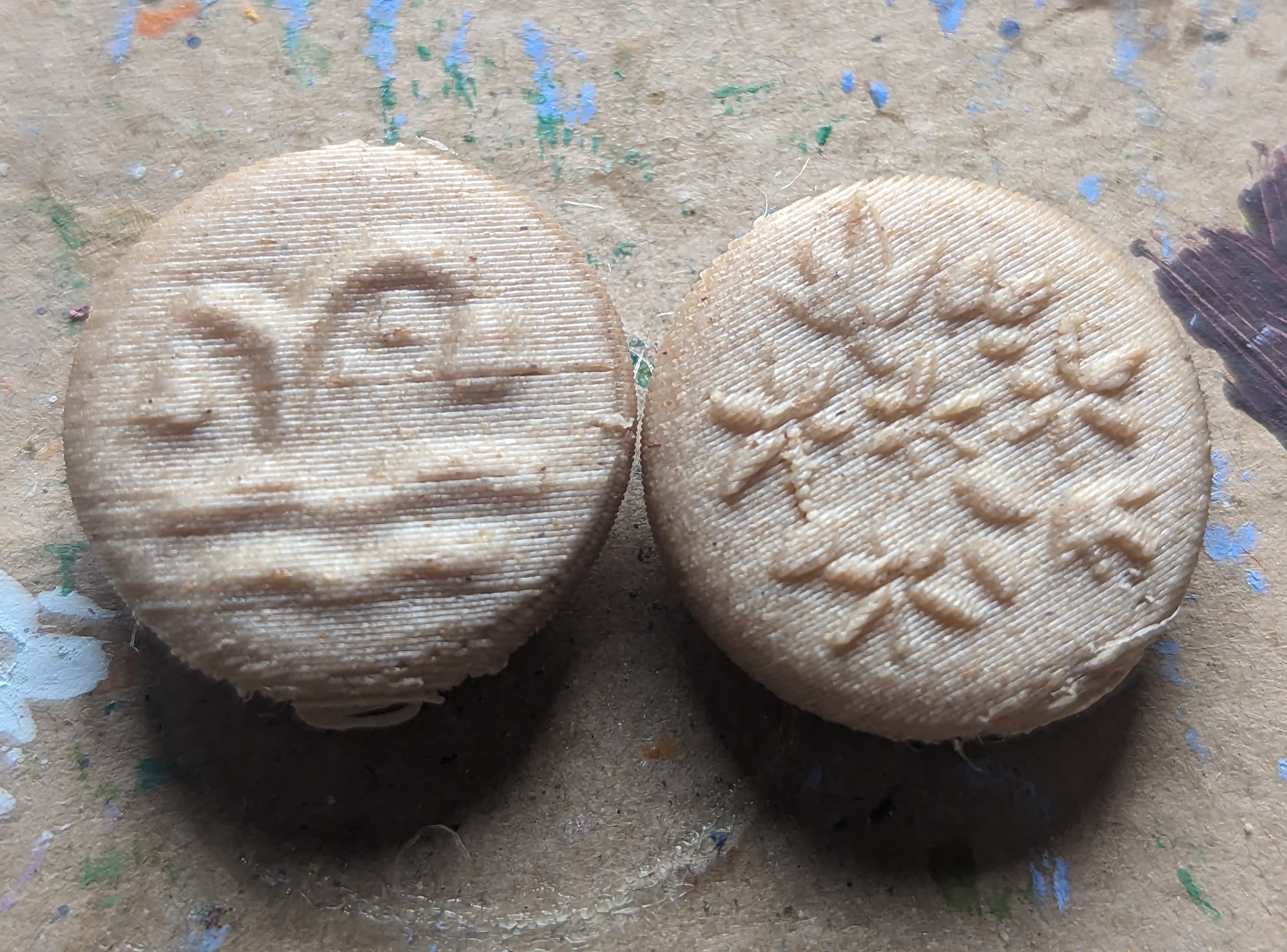
These two printed well, but the designs still need some work for readability. The bluebells are a bit unclear, and the garlic flowers are sharp, but too busy. I should go back over them both and make them bolder.
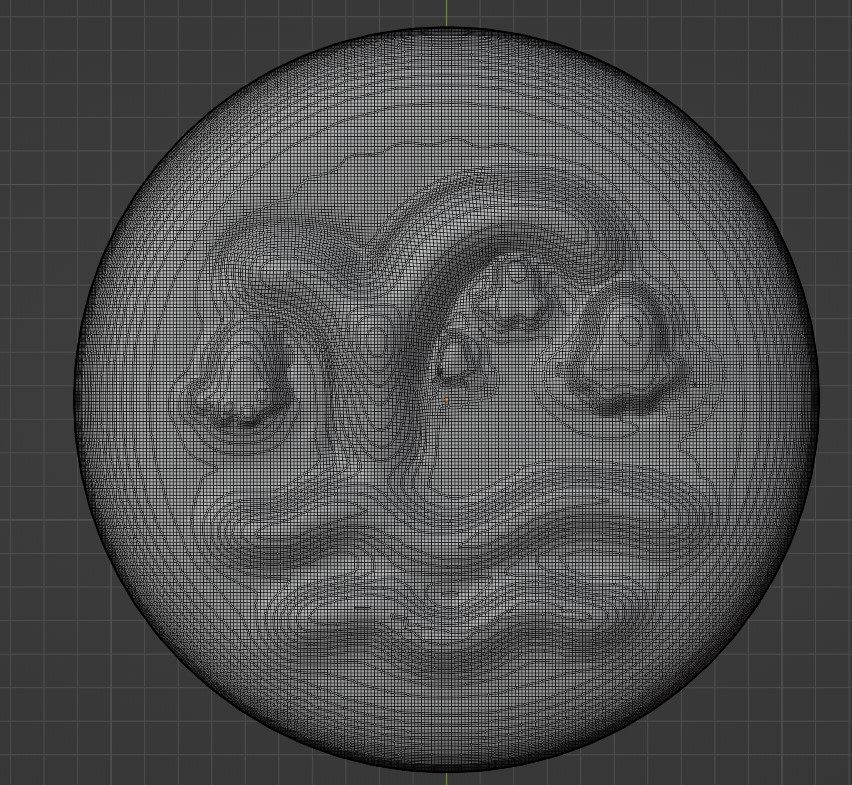
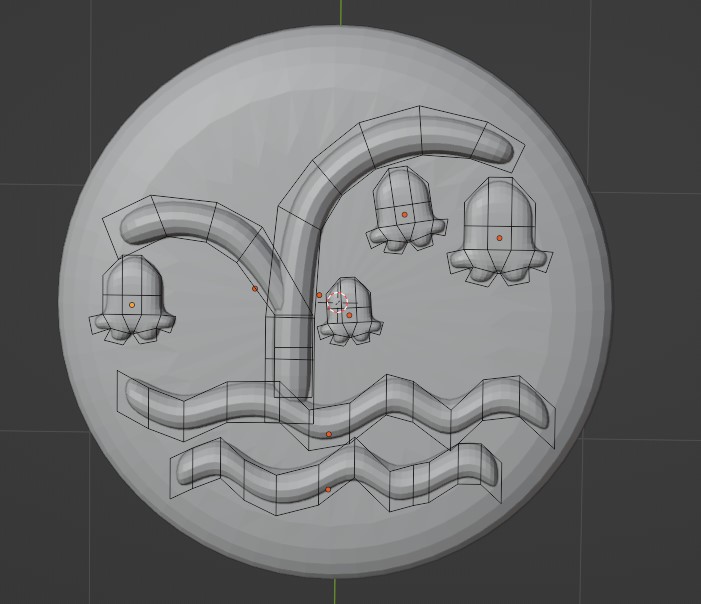
I didn't want to make the bluebell and water design too sharp, but the sculpted approach was obviously too soft. Hopefully using the program to subdivide and round out the sharper shapes I used for the garlic and lotus buttons will work out. Those boxes you can see are the 'real' shapes here, and the computer is automatically rounding them out.











